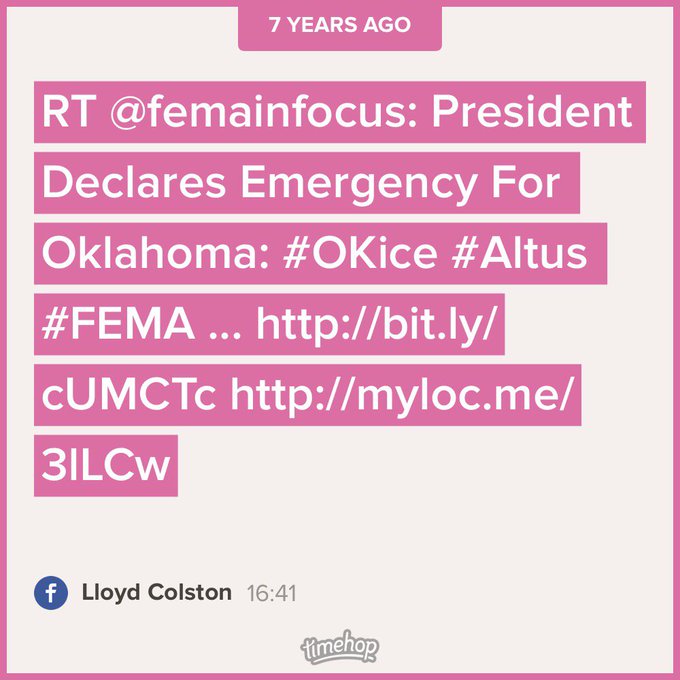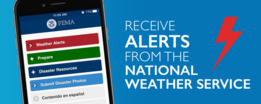•
|
Identify pipeline locations
|
•
|
Call 811 before you dig to locate utility lines
|
•
|
Recognize and respond to gas leaks
|
•
|
How we are making our system safer
|
OUR COMMITMENT TO YOUR SAFETY
CenterPoint Energy is committed to the safe and reliable operation of our natural gas transmission pipelines and distribution system in your community. You probably live or work near a CenterPoint Energy pipeline, and being aware of pipeline locations, taking safety precautions before you dig, and recognizing the signs of gas leaks can help prevent safety hazards.
HOW CAN YOU TELL WHERE A PIPELINE IS LOCATED?
Since most pipelines are buried underground, pipeline markers are used to indicate their approximate location along the route. They cannot be relied upon to indicate the exact position of the pipeline. The markers, which can be found where a transmission pipeline intersects a street, highway or railway, display the following:
•
|
material transported in the line
|
•
|
the name of the pipeline operator
|
•
|
a telephone number where the operator can be reached in an emergency
|
Pipeline Marker - This marker is the most commonly seen. It contains operator information, type of product, and an emergency contact number.
Aerial Marker - These skyway facing markers are used by patrol planes that monitor pipeline rights-of-way.
Casing Vent Marker - This marker indicates that a pipeline (protected by a steel outer casing) passes beneath a nearby roadway, rail line or other crossing.
You can view and download maps of transmission pipelines in your county at npms.phmsa.dot.gov.
CALL 811 BEFORE YOU DIG TO LOCATE UNDERGROUND UTILITY LINES
Local distribution pipelines in neighborhoods are not typically identified with pipeline markers. A call to 811 will help identify the location of these pipelines. 811 is a free, national service to help protect home and business owners from unintentionally damaging underground utility lines while digging. Here’s what you need to know:
•
|
You or your contractor must call 811 at least 48 hours (two working days) before any digging project, no matter how small – it’s the law
|
•
|
Utility companies will mark the location of their underground utilities
|
•
|
Respect the markers and dig with care
|
•
|
Identification of private lines such as private electric drops, invisible pet fences, sprinkler systems, and gas grill lines are the responsibility of the property owner or contractor performing the excavation
|
•
|
Keep your ticket number for reference
|
|  |
What to do if you are digging and disturb a pipeline
Even if you cause what seems to be only minor damage to a pipeline, notify the pipeline company immediately. A gouge, scrape, dent or crease to the pipe or coating may cause a future break or leak. It is imperative that the pipeline company be notified so that it can inspect and make any necessary repairs to potential damage to the line. Many states have laws requiring damages to be reported to the facility owner and/or the One-Call Center by dialing 811. Do not attempt to make the repairs to the line yourself. If a line is ruptured or leaking, call 911 and the pipeline operator, if known.
Pipeline Access and Security
If you have a pipeline easement on your property, protect the pipeline by knowing the details of your easement agreement and avoiding activities that could endanger underground lines. Remember the following:
•
|
Pipeline rights-of-way must be kept free from structures and other obstructions to provide access to the pipeline for maintenance and in an emergency.
|
•
|
If a pipeline crosses your property, please do not plant trees or high shrubs on the right-of-way.
|
•
|
Do not dig, build, store or place anything on or near rights-of-way without first having the pipeline marked and the rights-of-way staked.
|
•
|
If you witness suspicious activity on a pipeline right-of-way, please report it to the authorities, or call your local CenterPoint Energy emergency number
|
RECOGNIZE A NATURAL GAS LEAK BY USING YOUR EYES, EARS,
AND NOSE
Natural gas leaks can be hazardous. While natural gas is non-toxic, in high concentrations, it may cause dizziness or asphyxiation without warning. Natural gas vapors are lighter than air and will generally rise and dissipate; however, they may gather in a confined space and travel to a source of ignition. Under certain conditions, natural gas leaking into the atmosphere can result in flammable mixtures that can ignite, so keep ignition sources away from the apparent source of the leak.
 |
Look for signs of a possible leak
• Persistent bubbling in standing water
• Discolored or dead vegetation around the pipeline area
• Dense white cloud or fog
• Slight mist of ice
• Unexplained frozen ground near the pipeline
|
 |
Listen for any unusual noise
• Whistling, hissing or roaring sound
|
 |
Smell for an odor like rotten eggs
| • |
Distinctive, strong odor, often compared to rotten eggs or sulfur, of the odorant mercaptan, which is often added to natural gas
|
|
Some people may not be able to smell the odor, or in rare circumstances, the odor can fade. For more detailed information, visit CenterPointEnergy.com/Safety.
SMELL GAS? DON'T IGNORE IT. LEAVE FAST:
What to do if you suspect a natural gas leak
If you see, hear or smell the signs of a natural gas leak, your first concern should be for your personal safety and the safety of those around you. CenterPoint Energy investigates suspected natural gas leaks at no cost to you.
•
|
Leave the area immediately on foot! Do not use electric switches, telephones (including cell phones) or anything that could cause a spark. If outside, move in an upwind direction away from the leak or vapor cloud and maintain a safe distance.
|
•
|
Go directly to a safe location, and then call 911 and CenterPoint Energy. Do not use email or the internet to contact CenterPoint Energy about a leak, and never assume someone else has reported the leak.
|
•
|
Alert your neighbors and warn others to stay away from the leak. Abandon any equipment being used in or near the area of the leak.
|
•
|
Never try to repair a natural gas leak yourself. Leave all repairs to a trained technician.
|
HOW WE ARE MAKING OUR SYSTEM SAFER
CenterPoint Energy owns and operates over 120,000 miles of main and service lines that deliver gas to communities in Arkansas, Louisiana, Minnesota, Mississippi, Oklahoma and Texas. In Minnesota, we operate eight propane-air peak shaving facilities, one liquefied natural gas facility and one underground storage facility. Every year, we invest millions of dollars in our natural gas system to address safety, reliability, and growth. We have also invested in highly sensitive drive-by leak detection technology that enhances our leak detection capabilities.
CenterPoint Energy monitors the operations of our pipelines from our control centers, 24 hours a day, seven days a week. Our pipelines are designed, installed, tested, operated and maintained in accordance with all applicable federal and state requirements. We maintain our safety record by routine inspections, corrosion protection, maintenance and testing programs, employee training and public education.
Due to their proximity to populated or environmentally sensitive areas, some portions of our pipeline systems have been designated as High Consequence Areas. These areas are subject to increased inspection and maintenance measures, known as an Integrity Management Program. More details on CenterPoint Energy's integrity management programs can be found at centerpointenergy.com/en-us/residential/safety/pipeline-safety.
CenterPoint Energy's actions during an emergency
In a natural gas emergency, CenterPoint Energy immediately dispatches personnel to the site to help handle the emergency and provide information to public safety officials to aid in their response. Our personnel will restrict the flow of gas as needed to protect people, property and the environment.
SAFETY IS OUR FOREMOST VALUE
CenterPoint Energy’s natural gas transmission and distribution businesses have been serving customers for more than a century. We work and live in the communities we serve according to our values of safety, accountability, initiative, integrity and respect. We will continue to embrace new technologies that allow us to run our systems more efficiently, more effectively, more reliably and more safely.
| 






